Fjords are Aquatic Critical Zones of regional and global importance by supporting highly productive and diverse food webs, while they play an important role as CO2 sinks (representing 11% of global marine carbon burial). At the same time, global warming significantly impacts these systems through the accelerated melting of ice. Especially fjords in Greenland are sensitive to the effects of global warming. Greenlandic coastal glaciers either terminate in the fjord (= marine-terminating glaciers; MTGs) or on land, resulting in proglacial rivers draining to the fjord (= land-terminating glaciers; LTGs).
At Greenland’s MTGs, draining 88 % of the ice sheet in area, discharge has augmented significantly recently, caused by increased surface melting, calving and submarine melting. In many parts of Greenland, these MTG might therefore become LTG in the near future.
Although there is increasing evidence that shifts in glacier types cause major differences in the physical, biogeochemical and ecological processes in the associated fjord systems, the consequences for carbon transfer, food-web structure, mineralization and long term burial into the sediment are currently poorly resolved. As a result, the impacts of further warming on the provisioning of ecosystem services by Arctic fjords (e.g. food provisioning in form of fishing, nutrient recycling, climate regulation) remain unknown (HYPOTHESIS).
CANOE therefore investigates how climate change (especially a shift from MTG to LTGs) will affect the carbon dynamics (production, mineralisation, transfer in food web and burial) in Arctic marine ecosystems. To archieve this we will characterize the oceanography, pelagic and benthic biogeochemistry, benthic ecology and food webs of two contrasting fjords in South‐Greenland on an inshore - offshore gradient: Igaliku fjord, dominated by a land‐terminating glacier and Ikersuaq fjord, dominated by marine‐terminating glaciers (STUDY AREA).
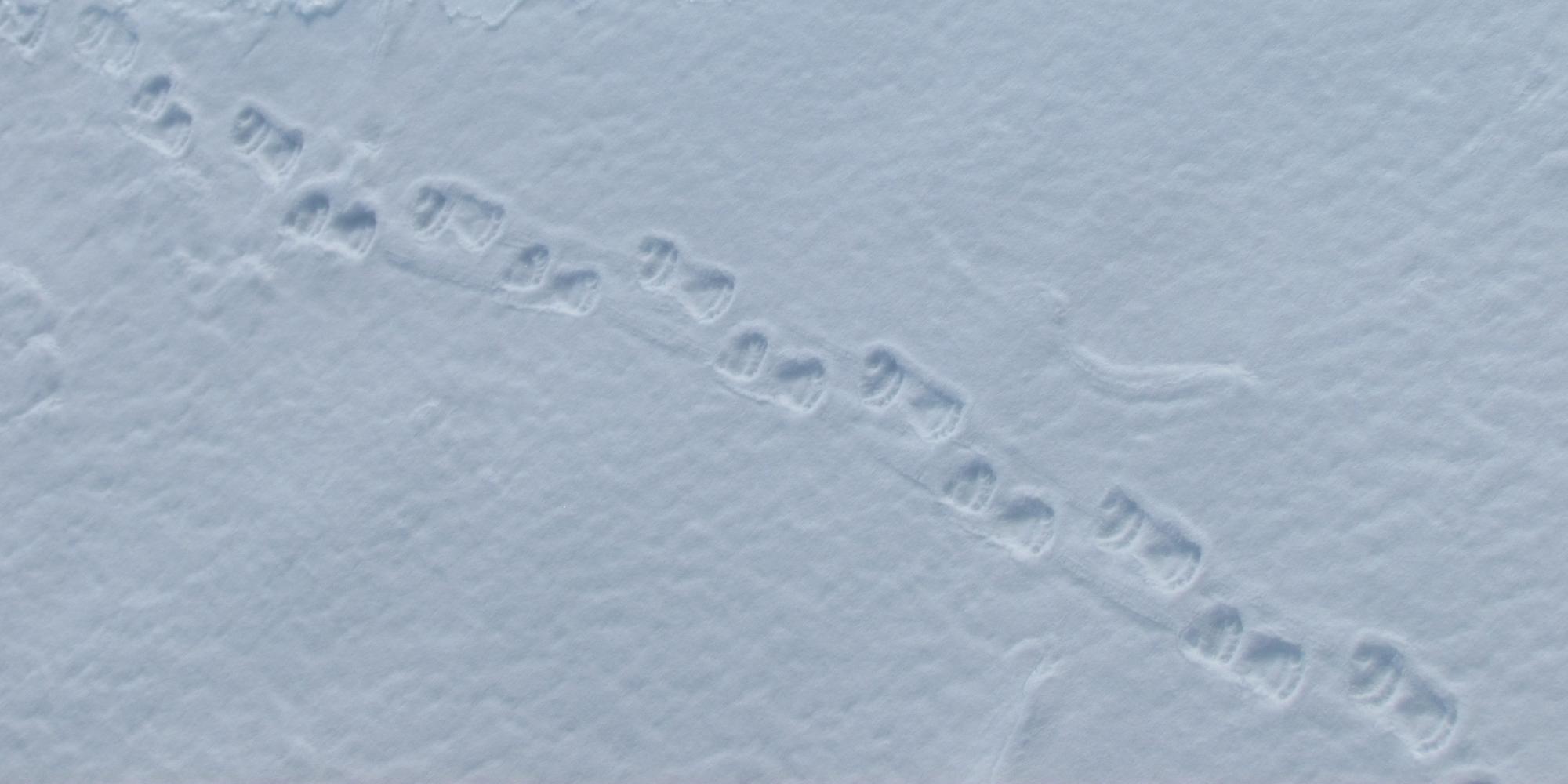

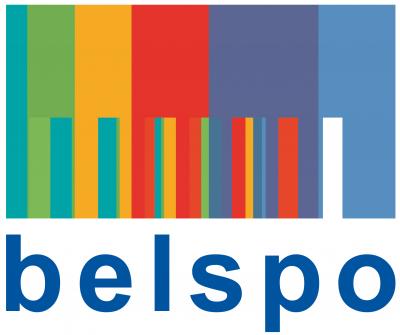



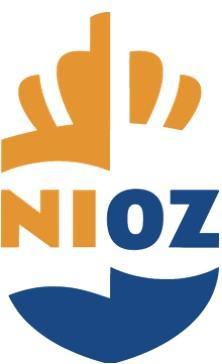


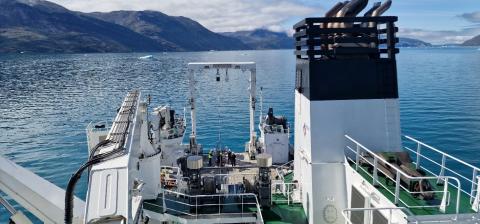 Belgica 2023 Blog day 16
Belgica 2023 Blog day 16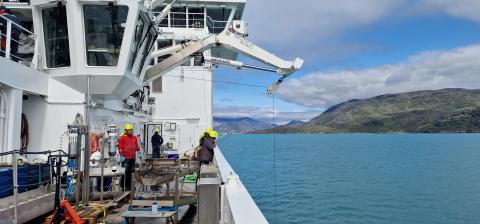 Belgica 2023 Blog day 9
Belgica 2023 Blog day 9